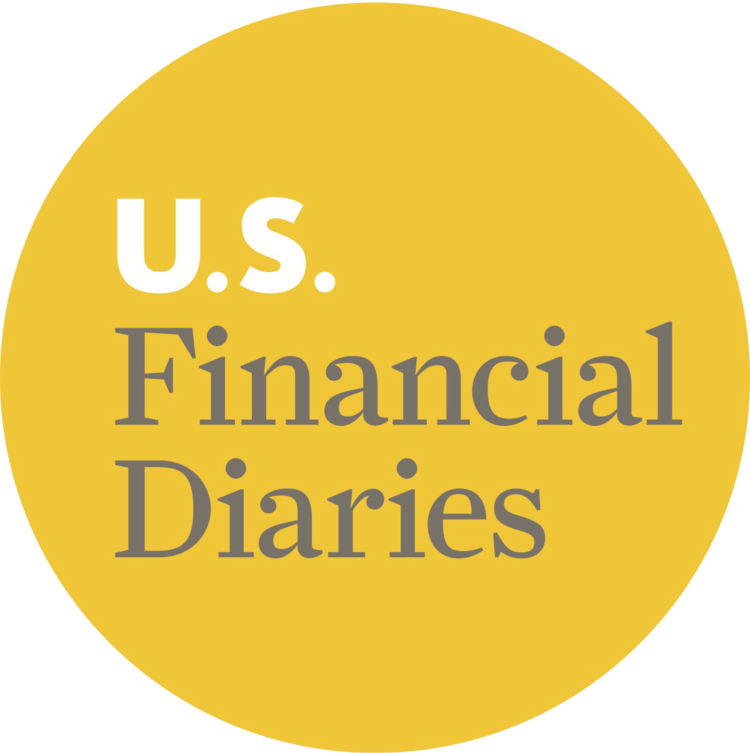The Taylors overdraft their checking account every two weeks, on purpose.
As described in a recent issue brief published by the U.S. Financial Diaries, the Taylor family’s income level varies significantly from month to month. Sometimes it’s not enough to cover all of their expenses. So, they opened an account at a bank with a simple overdraft fee structure: One $35 charge per overdraft, no daily fees, and an allowance of up to $500 at a time. Since the Taylors typically make only one large cash withdrawal per paycheck – the entire amount of pay – this bank would charge them at most one $35 overdraft fee each cycle, if they happen to need more cash than the amount of that week’s direct deposit.
The Taylors use overdrafts as another household might swipe a credit card or take out a payday loan. Since their credit history eliminates the card option and they are already tied up with a payday lender, over-drafting becomes another logical – and probably more convenient – place for them to turn to stay on top of their bills. It’s clear that the family responded to and relies on their new bank's transparent behavior. They saw its fee policy, understood how they could manage it, and became a customer.
(Of course, with only one overdraft transaction per cycle, the Taylors never have a chance to see whether their bank would unfairly re-order transactions to charge more fees, an issue that consumers like Jenna face.)
Their bank not only gained a new client – it also has a new income stream from the Taylors’ regular fee payment. So regular, in fact, that if the Taylor’s overdraft “loan” history showed up on their credit report, it might improve their score.
In a sense, an overdraft financial product already exists: the deposit advance. Peddled by banks as short-term, small-dollar credit for households facing similar constraints to the Taylors, deposit advances straddle the line between overdraft protection and payday loans. Banks tie these advances to existing accounts, giving consumers the same convenience that the Taylors find in their overdraft system. However, in recent months the product has run up against strict FDIC and OCC oversight. Regulators voiced concern over deposit advances’ high fees, insufficient underwriting, too-short repayment terms – and, perhaps unsurprisingly, lack of transparency. This month, many large banks are ending their deposit advance programs in response to the “tougher regulation”.
At the same time, the FDIC report recognizes the importance of small-dollar loans for households trying to gain financial stability. It endorses loans that, unlike many deposit advance products, have “affordable, reasonable interest rates with no or low fees and payments that reduce the principal balance of the loan.” Until such products truly exist in the mainstream, families like the Taylors will continue to jerry-rig overdraft protection into a financial tool.
This post was written by Julie Siwicki of the Financial Access Initiative. The views expressed therein are those of the author, and not necessarily of the USFD project or its funders.


